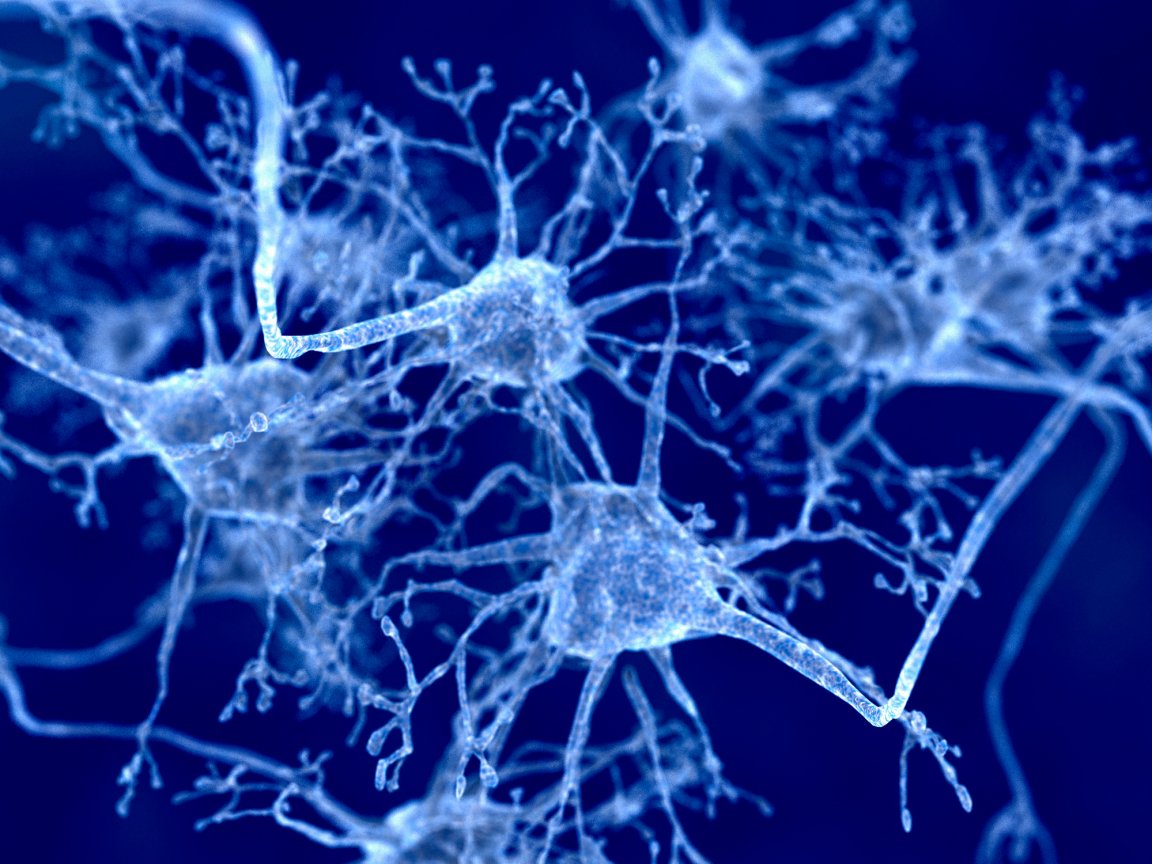
Cracking Aging in Animals
A team of researchers at Case Western Reserve University School of Medicine has identified a conserved molecular pathway that controls health and lifespan in nematode worms (Caenorhabditis elegans) — a frequently studied model organism in biological research.
“We find that by artificially increasing or decreasing the levels of a family of proteins called Kruppel-like transcription factors (KLFs), we can actually get C. elegans to live for longer or shorter time periods,” study first author Dr. Nelson Hsieh said to Sci News. “Since this same family of proteins also exists in mammals, what is really exciting is that our data suggests KLFs also have similar effects on aging in mammals, too.”
Animal models are essential to biological research. To study a human disease or process you can’t perform most preliminary work on humans for ethical reasons. Therefore, you must instead develop a model. While some models can stay in vitro (outside a living body) eventually you must be able to produce the disease in a context that allows study — e.g. in a living body. Animal models, such as nematode worms and mice, enable a much closer approximation to a human response to disease and other processes.

Mice share 99 percent of their DNA with humans, and have short lifespans compared to humans and other mammals. Therefore, studies with mice involving “knockout” genes allows researchers to observe the effects of removing single genes. C. elegans is also useful, especially in aging research, for several reasons. For one, the worms have a short three day lifecycle, allowing researchers to observe many generations quickly. They are very simple organisms, which makes the effects of single proteins much easier to see. C. elegans’ genome was sequenced by the end of 1998, so scientists have had ample opportunities to experiment with this relatively short, but very well-known, genome.
Lessons Applied to Humans
The research also demonstrated that C. elegans with high levels of KLF proteins lived healthier, longer lives than normal worms. Similarly, mice with elevated levels of KLF proteins were found to exhibit a delay in age-related blood vessel dysfunction. The team determined that the KLF proteins’ function is to control autophagy — a quality control mechanism that allows cells to clear up debris such as molecular byproducts and misfolded proteins that build over time, reaching critical mass in old age. Loss of this process of cleaning and recycling is a classic sign of aging.
Cells are less able to undertake these recycling functions as they age. Once an unsustainable level of toxic debris builds up, cellular survival is threatened. This is why the team observed worms without KLF proteins dying early, as their cells were no longer able to maintain autophagy. From here, the researchers plan to study how autophagy affects blood vessel function, and develop strategies for targeting KLF proteins in humans.
“The observation that KLF levels decrease with age and that sustained levels of KLFs can prevent the age-associated loss of blood vessel function is intriguing given that vascular dysfunction contributes significantly to diverse age-associated conditions such as hypertension, heart disease, and dementia,” senior author Professor Mukesh K. Jain said to Sci News.
“As our population ages, we need to understand what happens to our heart and arteries, as we rely on them to function perfectly later and later on in our lives,” Dr. Hsieh added to Sci News. “Our findings illuminate what can happen during aging, and provide a foundation to designing interventions which slow these processes.”